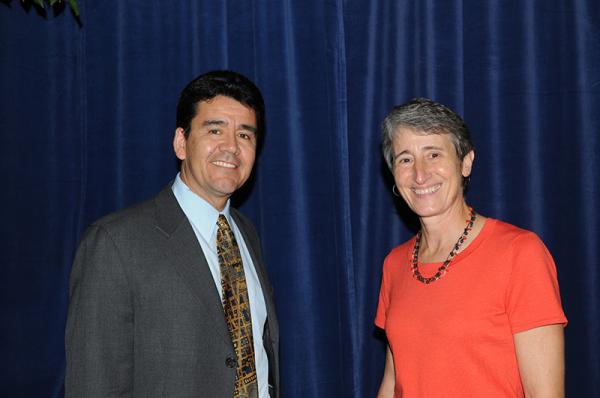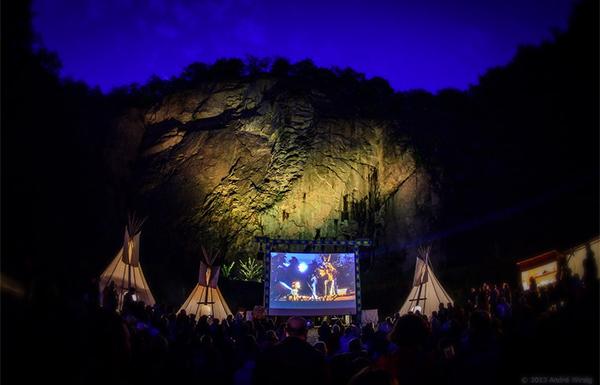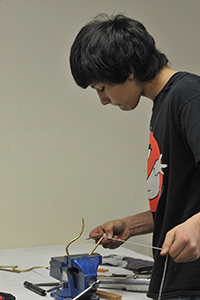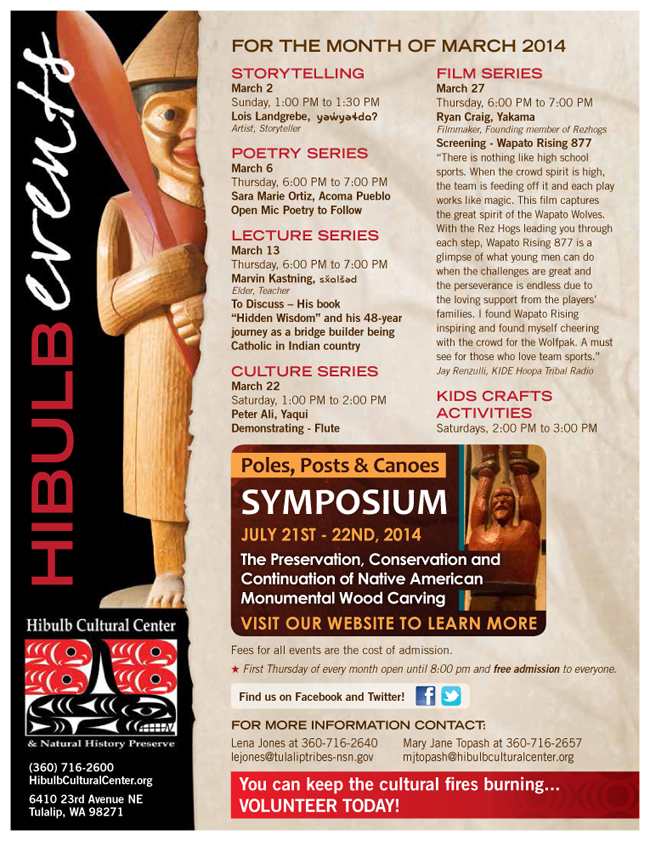Mike Connor has been confirmed to become the Obama administration’s next deputy secretary of the Department of the Interior, the number two position at the agency under Secretary Sally Jewell.
Connor was confirmed February 27 by a vote of 97 to 0 in the Senate.
“Mike is exactly the right person to help lead this Department—thoughtful, smart, organized and full of energy,” said Jewell in a statement. “His wealth of knowledge, experience and collaborative approach to complex challenges will be of great benefit to me and to this Department. Mike is a true public servant, and this new role will tap all of his experiences for the benefit of the American people.”
“Mike Connor is a dedicated public servant with the experience and background needed to help meet our nation’s goals for energy independence and our environment,” said Sen. Martin Heinrich (D-N.M.) in a statement. “He is passionate about finding solutions on a range of issues important to New Mexico, including land and water conservation and addressing climate change.
“Mike is a staunch ally of Indian country and has a strong record of working effectively and collaboratively with Democrats, Republicans, and Independents,” Heinrich added.
Connor has in the past worked for Sen. Jeff Bingaman (D-N.M.), served at the Secretary of the Interior’s Indian Water Rights Office as director from 1999 to 2001 and as deputy director there from 1998 to 1999, and he worked as a lawyer at multiple offices at Interior from 1993 to 1997, including the Southwestern Regional Solicitor’s Office, the Division of Indian Affairs, and the Solicitor’s Honors Program. He has served as the commissioner of the Bureau of Reclamation at Interior since 2009 where he implemented five Indian water rights settlements.
Connor has received strong tribal support to replace David Hayes, who retired from the position in 2013 after tribal officials raised concerns about his role in some Indian-focused dealings, especially involving the stalled Carcieri land-into-trust legislative fix situation. Many tribal leaders hope Connor will be particularly strong on Indian energy and water issues, given his background.
While not an enrolled tribal citizen, Connor does have roots with the Taos Pueblo, as his maternal grandmother was an original member of Taos Pueblo’s water rights task force.
According to Interior officials, Connor is the first person with ties to Indian country to serve in the number two position at the department, which oversees many of the nation’s federal Indian affairs.
Read more at http://indiancountrytodaymedianetwork.com/2014/02/28/mike-connor-confirmed-interior-deputy-secretary-153782


















